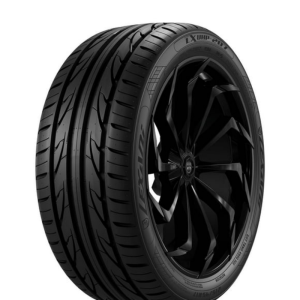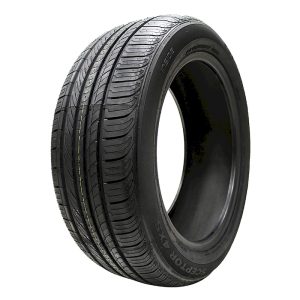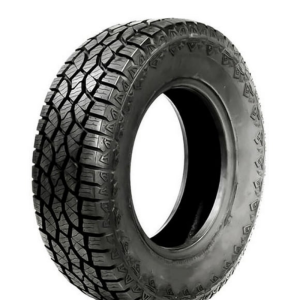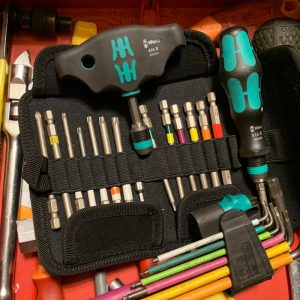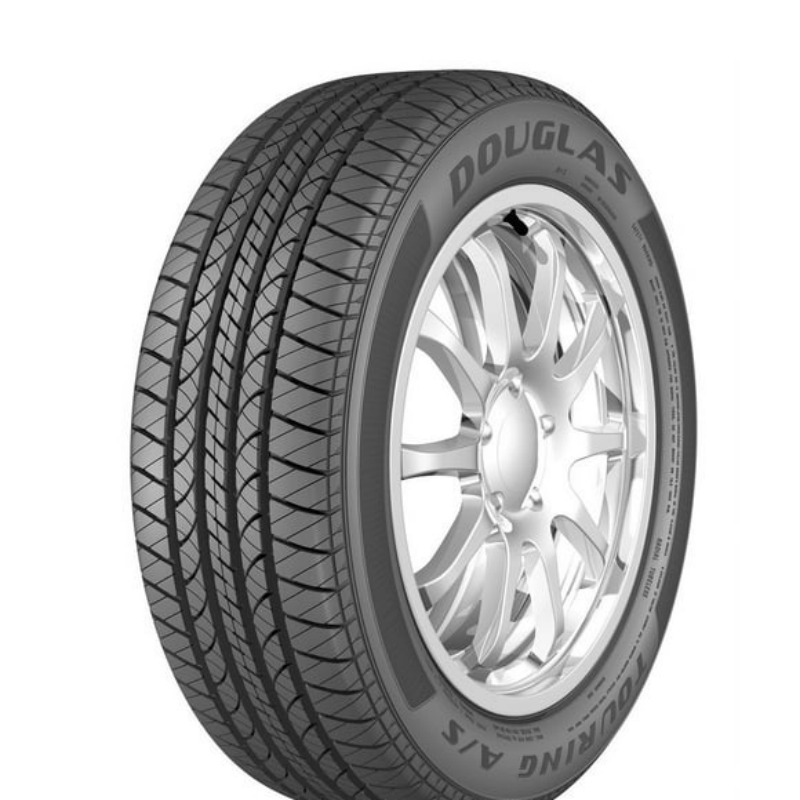
When it comes to vehicle maintenance, one crucial aspect that often gets overlooked is the proper installation of tires. Tires play a significant role in ensuring safety, stability, and performance on the road. One important characteristic of certain tires is whether they are directional. Understanding how to tell if tires are directional can significantly enhance your vehicle’s handling and performance. Directional tires are specifically designed to rotate in one direction, optimizing their tread patterns for better traction and responsiveness. This guide will delve into the indicators of directional tires, the benefits of using them correctly, and tips for installation and maintenance. By the end of this article, you’ll be well-equipped to identify directional tires and ensure they are installed properly, maximizing your driving experience.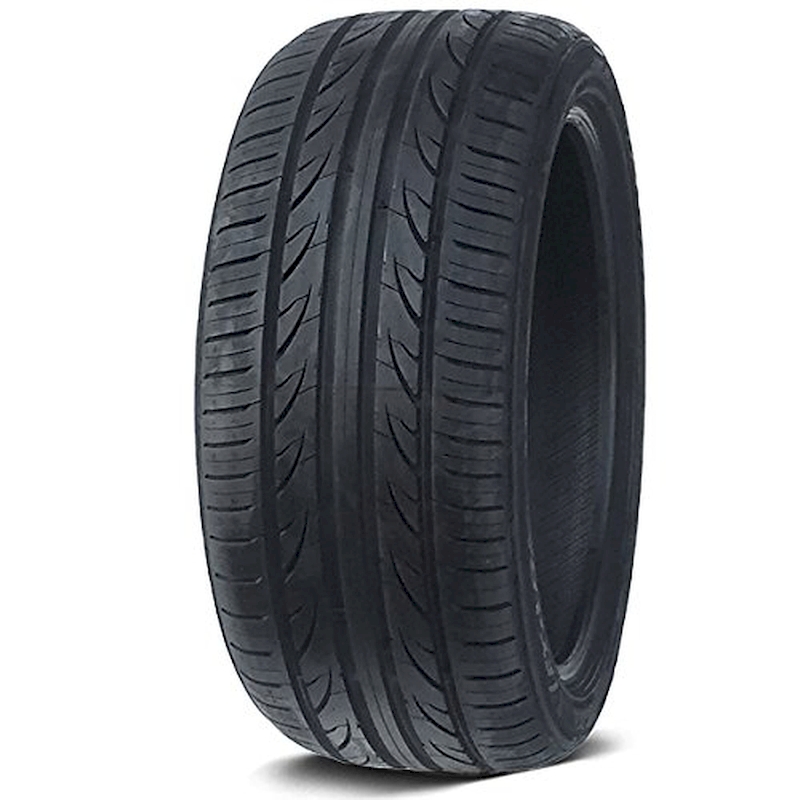
What Are Directional Tires?
Before diving into how to tell if tires are directional, it’s important to understand what directional tires are. Directional tires, also referred to as unidirectional tires, have a tread design optimized for performance in one direction. This design results in specific benefits that enhance driving safety and efficiency.
Tread Patterns
The tread pattern of directional tires is often designed in a V-shape or other distinct pattern that points in a specific direction. This design is intended to channel water away from the tire’s contact patch, significantly improving wet weather traction and reducing the risk of hydroplaning.
Purpose and Advantage
The primary purpose of directional tires is to enhance grip on the road. Because they are engineered to perform best when rotating in a single direction, they provide necessary benefits such as:
- Enhanced Handling: These tires can respond better to steering inputs, making for a more dynamic driving experience.
- Improved Traction: The specialized tread patterns help maintain traction on both wet and dry surfaces.
- Noise Reduction: Directional designs can help reduce road noise, making for a quieter ride.
How to Tell if Tires Are Directional
Distinguishing between directional and non-directional tires is essential for ensuring proper installation and performance. Here are some key tips on how to tell if tires are directional.
Check for Rotation Arrows
One of the easiest ways to determine if a tire is directional is by examining its sidewall. Most manufacturers will mark directional tires with a rotation arrow.
- Look for Arrows: These arrows indicate which direction the tire should rotate when installed on the vehicle. If you spot one, the tire is likely directional.
Observe the Tread Design
The tread design is another giveaway when trying to determine if tires are directional. Since these tires often have a unique tread pattern, inspecting the design closely can offer valuable clues.
- V-Shaped Patterns: Directional tires commonly feature V-shaped or asymmetrical patterns. The pointed edges of these designs should align with the rotation indicated by the arrows on the tire sidewall.
Read the Sidewall
In addition to arrows, the sidewall can provide useful information. Most manufacturers include specific details about the tire’s capabilities on the sidewall.
- Look for Labels: If a tire is labeled as “directional” or marked with terms such as “unidirectional,” it unequivocally indicates that the tire is directional.
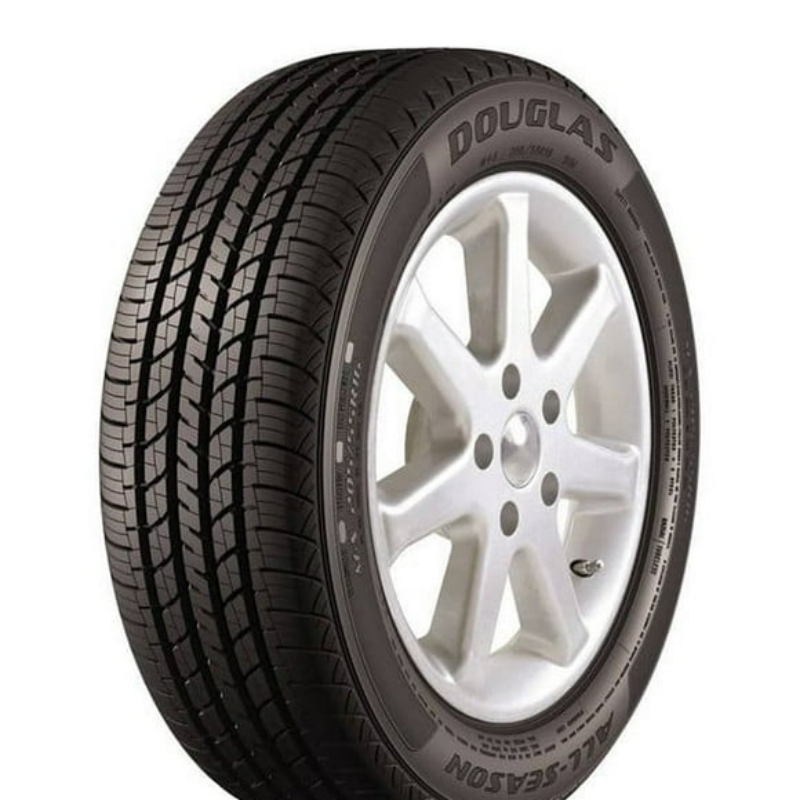
Consult the Owner’s Manual
If you’re still uncertain whether your tires are directional, consult your vehicle’s owner’s manual.
- Manufacturer Guidelines: The manual typically includes information about the types of tires that are suitable for your vehicle, including specifications regarding directional models.
Contact Your Tire Supplier
When in doubt, reaching out to your tire supplier or the retailer where you purchased the tires can clarify any questions you may have.
- Expert Assistance: Retailers can provide firsthand knowledge of the tires you’re considering and assist you in making the right decision for your vehicle.
Benefits of Using Directional Tires Properly
Understanding how to tell if tires are directional is just the first step. Utilizing them properly has numerous advantages, which can significantly affect your driving experience.
Enhanced Performance
By ensuring that directional tires are installed correctly, you can unlock their full performance potential. Proper alignment with the intended direction maximizes grip and traction, especially in adverse weather conditions such as rain or snow.
Safety Enhancements
Using directional tires as intended contributes to overall vehicle safety. Whether you are making sharp turns, navigating wet roads, or accelerating on slick surfaces, these tires provide the necessary support to keep your vehicle steady.
- Hydroplaning Prevention: Directional tread designs spray water away from the tire, reducing the risk of hydroplaning during heavy rainfall.
Longevity and Durability
When directional tires are installed correctly, you support their longevity. Generally, tires that are used as intended wear evenly, which can extend their lifespan and improve fuel efficiency.
- Reduced Uneven Wear: Proper installation minimizes the risk of uneven wear, allowing you to get the most out of your tire investment.
Installing Directional Tires: Tips and Best Practices
Knowing how to tell if tires are directional provides a great starting point. However, the next step involves the correct installation and maintenance of these tires. Here are some helpful tips to ensure proper installation.
Confirm Wheel Position Before Installation
Before putting directional tires onto the vehicle, double-check their orientation. Errors during installation can easily happen, particularly if the tires are not marked clearly.
- Align Rotation Arrows: Ensure that the rotation arrows on each tire match the intended direction of wheel movement on your vehicle.
Utilize a Professional Mechanic
If you are uncertain about installing directional tires yourself, it may be best to enlist the help of a professional mechanic.
- Expert Knowledge: A qualified tire technician has the experience to ensure that the tires are mounted correctly and can provide additional tips on maintaining them over time.
Check Tire Pressure
Before and after installation, always check your tire pressure. Maintaining the correct pressure enhances performance and prolongs the life of the tire.
- Regular Monitoring: Make it a habit to monitor tire pressure regularly, especially when the seasons change, as temperature fluctuations can impact tire performance.
Balance and Alignment
After installing directional tires, ensuring that they are balanced and aligned optimally is crucial for safety and performance.
- Professional Assessment: A professional alignment service helps prevent issues such as premature tire wear and compromised handling.
Signs Your Directional Tires May Need Replacement
Understanding how to tell if tires are directional is only half the battle; knowing when to replace them is equally important. Here are some signs to watch for that indicate your directional tires may need replacement.
Tread Wear Indicators
Tires have tread wear indicators embedded within their grooves to signal when they are getting too worn.
- Check Depth: If these indicators are flush with the tread surface, it’s time to replace the tires to maintain safety and performance.
Uneven Wear Patterns
Observing the wear pattern on your tires is crucial. If you notice uneven wear, it could be a sign of improper installation or alignment issues.
- Inspect Regularly: Check your tires frequently for any signs of unusual wear and consult a professional if you notice any abnormalities.
Damaged Sidewalls
The sidewalls of your tires should remain free from cuts, bulges, or punctures. Damage to the sidewalls can compromise tire integrity.
- Immediate Action Required: If you notice any significant damage, replace the tire immediately for safety.
Age of the Tires
Even if the tread appears adequate, the age of the tires is another critical factor.
- Follow Manufacturer Guidelines: Most manufacturers recommend replacing tires every six years, regardless of tread wear, due to rubber deterioration over time.
Frequently Asked Questions About Directional Tires
With a topic as nuanced as tires, you might have some lingering questions. Here are some frequently asked questions regarding directional tires that can help clarify any uncertainties.
Can I Rotate Directional Tires?
Although it is possible to rotate directional tires, they must be rotated front to back rather than side to side. This maintenance prevents issues and ensures that the directional tread is always facing the correct way.
Are All Tires Directional?
Not all tires are directional. Many tires are symmetric or asymmetric, meaning they can be mounted on either side of the vehicle. Always check the specifications of your tires to understand their mounting requirements.
How Do I Know If My Tires Are Asymmetric?
Asymmetric tires can usually be identified by their tread design, which often features a different pattern on the inner and outer sides. Look for markings on the sidewall that indicate a specific mounting side.
What Happens If I Install Directional Tires Incorrectly?
If directional tires are installed the wrong way, their performance will be compromised. You may experience decreased traction, increased tire wear, and more significant vulnerabilities in wet conditions.
How Often Should I Check My Tire Pressure?
It’s wise to check tire pressure at least once a month and before long trips. Proper tire pressure is crucial for optimal performance and safety.
Conclusion
Understanding how to tell if tires are directional is a vital skill for any vehicle owner seeking to ensure optimal performance and safety. Directional tires are designed for specific rotations and can significantly improve traction and handling under various driving conditions. By learning to identify these tires, following best installation practices, and knowing when to replace them, you will enhance your vehicle’s performance. Proper tire maintenance not only extends the life of your tires but also ensures a safe driving experience for you and your passengers.
Being proactive in your vehicle maintenance can pay off significantly in the long run. So, remember to keep an eye on tread wear, regularly check tire pressure, and don’t hesitate to consult professionals when in doubt. By adhering to these principles, you can enjoy the benefits of advanced tire technology and drive confidently, knowing your tires are in great shape.
